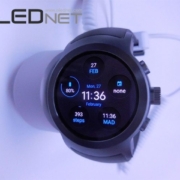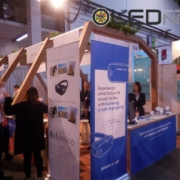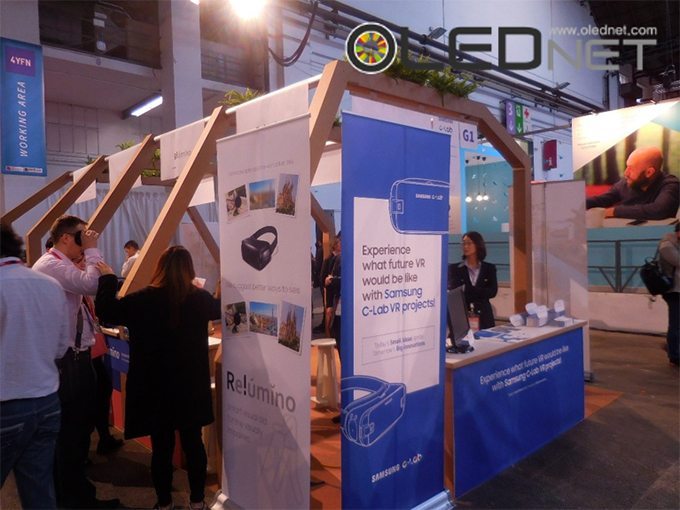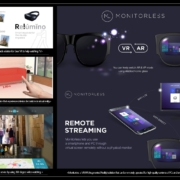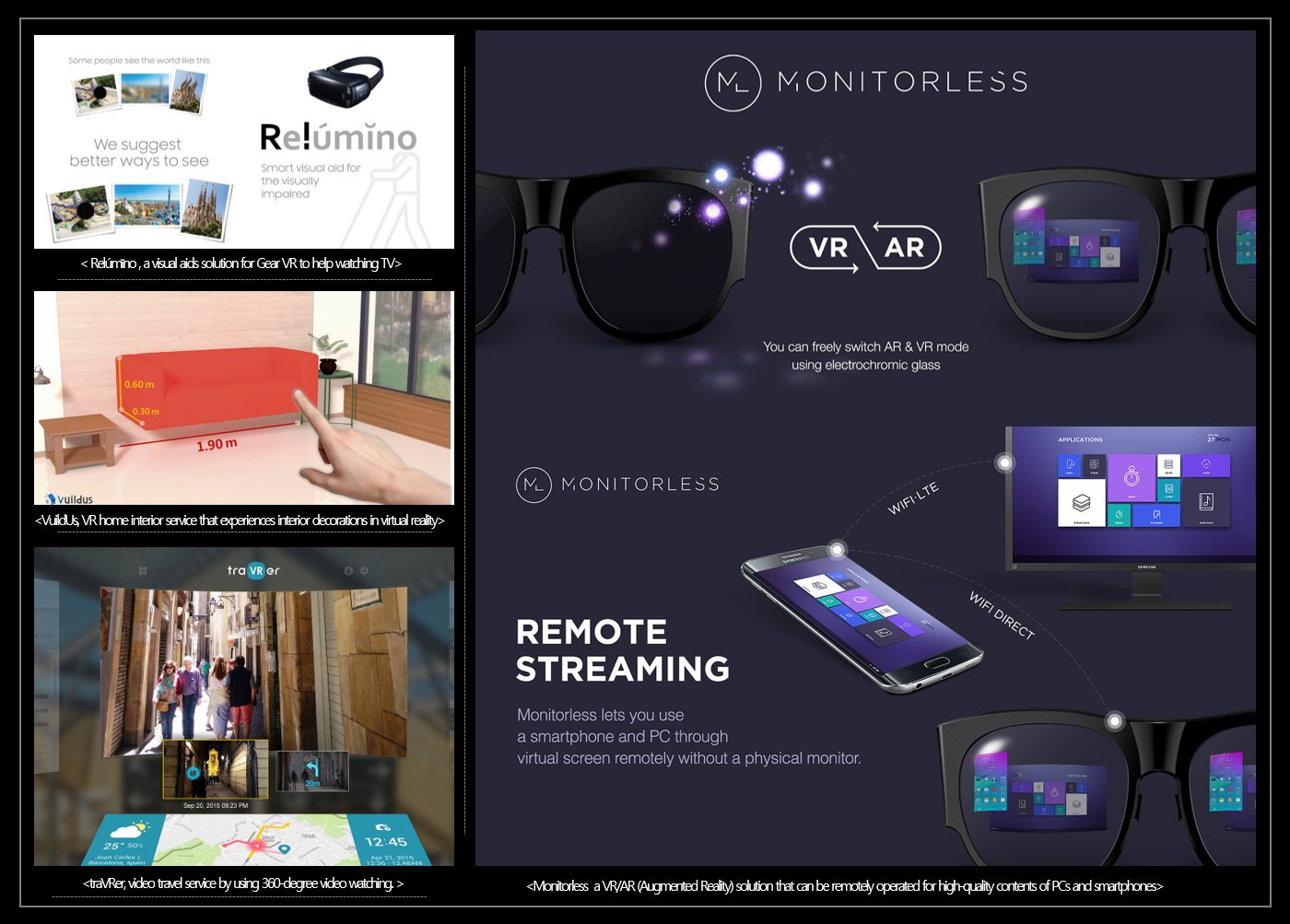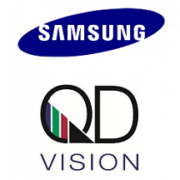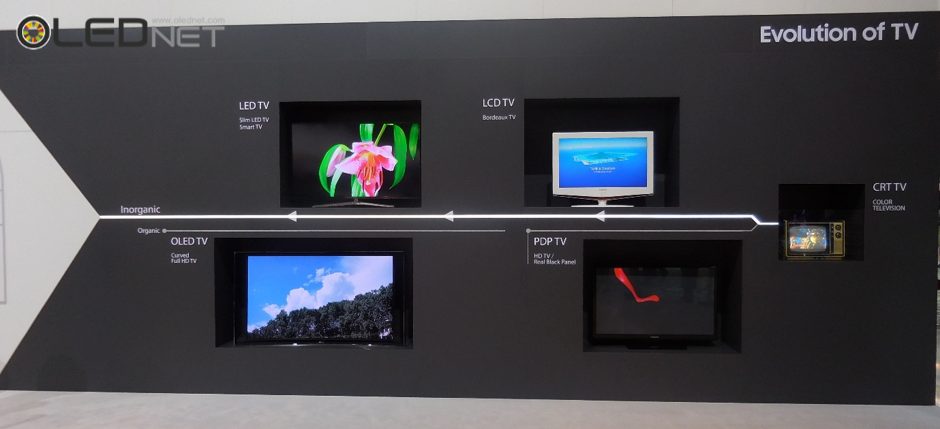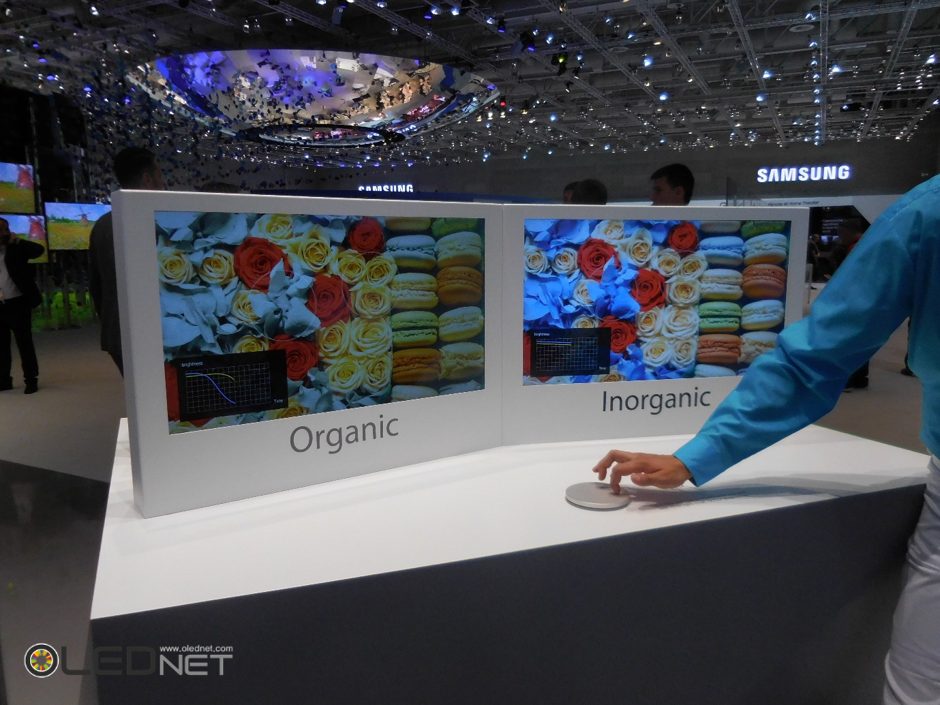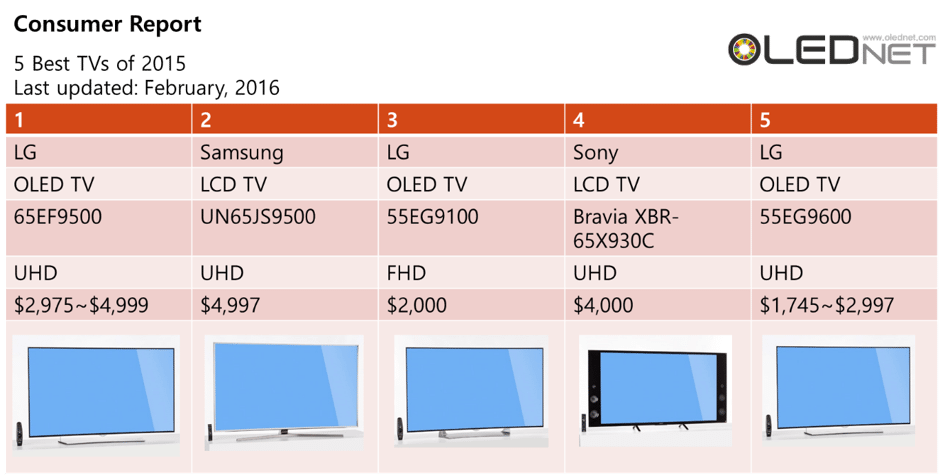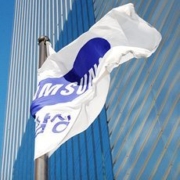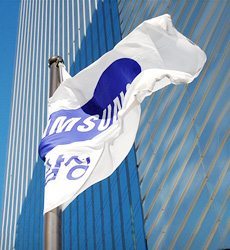[MWC 2017] Samsung Electronics, LG Electronics, HUAWEI, and TCL Compete over OLED Smart Watches
In MWC 2017, the competition over smart watches proceeded fiercely.
The unveiling of Gear S3 by Samsung Electronics in the last IFA 2016 attracted great attention from the smart watch market. The disclosures of products that can compete with Samsung Electronics’ Gear S3 at MWC 2017 are gaining great popularity among viewers.
LG Electronics displayed G-Watch 2 Sports with 1.38-inch P-OLED and G-Watch Style with 1.2-inch P-OLED, HUAWEI exhibited HUAWEI Watch 2 and HUAWEI Watch 2 Classic with 1.2-inch AMOLED panel, and TCL showed MOVETIME with 1.39-inch AMOLED panel.
The smart watches shown by LG Electronics, HUAWEI, and TCL adopted flexible AMOLED (P-OLED) and circle types to save the designs of existing watches, and LG Electronics’ G-Watch 2 and HUAWEI’s HUAWEI Watch 2 can be used as devices independent of smartphones because they have separate sims.
LG Electronics’ G-Watch 2 Sports is equipped with 1.38-inch circle type AMOLED panel, Google Android Wear 2.0, 768MB RAM, 4GB internal memory, and 430mAh battery, and it supports IP68-level waterproof and dustproof functions and wireless charging function.
On the other hand, G-Watch 2 Style is equipped with 1.3-inch circle type AMOLED panel, Google Android Wear 2.0, 4GB internal memory, and 240mAh battery, and it supports IP67-level waterproof and dustproof functions.
HUAWEI Watch 2 is equipped with a 1.2-inch circle type AMOLED panel, Qualcomm® Snapdragon ™ Wear 2100, 1.1GHz quad-core CPU, Google Android Wear 2.0, 4GB internal memory, 768MB RAM, and 420mAh battery, and it supports various types of Watch face, an equippable Sim (4G), and IP68-level waterproof and dustproof functions.
Meanwhile, LG Electronics and HUAWEI devoted considerable spaces to the smartwatch exhibition at their booths in the MWC 2017 exhibition, and it suggests that there will be big changes in the smart watch market which is dominated by Samsung and Apple.
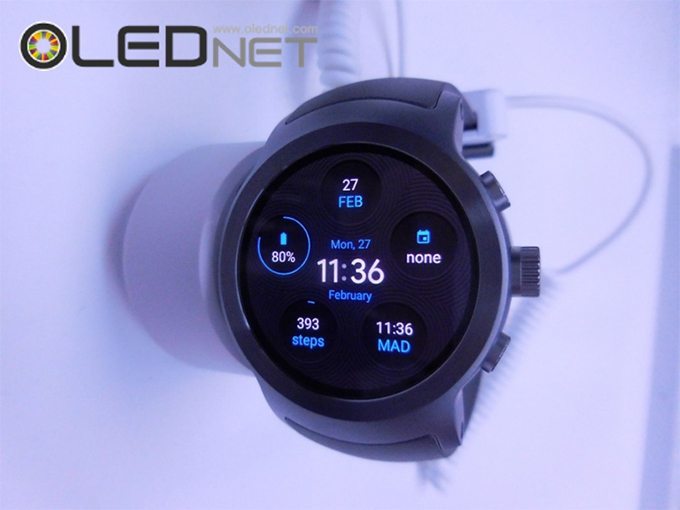
<G-Watch 2 Sports of LG Electronics>
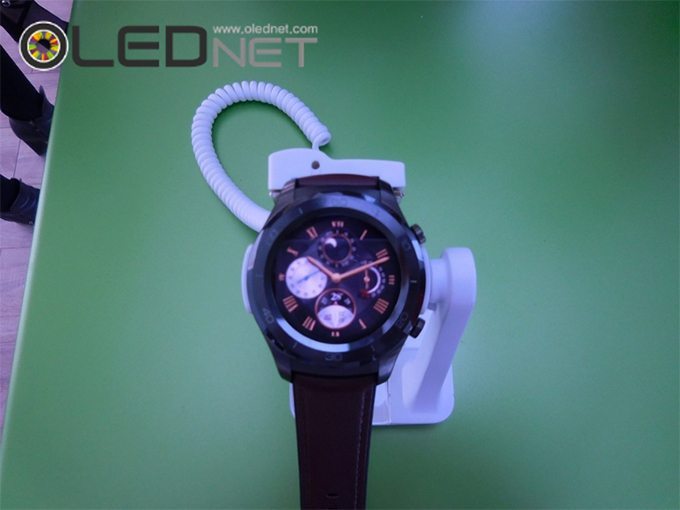
<HUAWEI Watch 2 of HUAWEI.>

